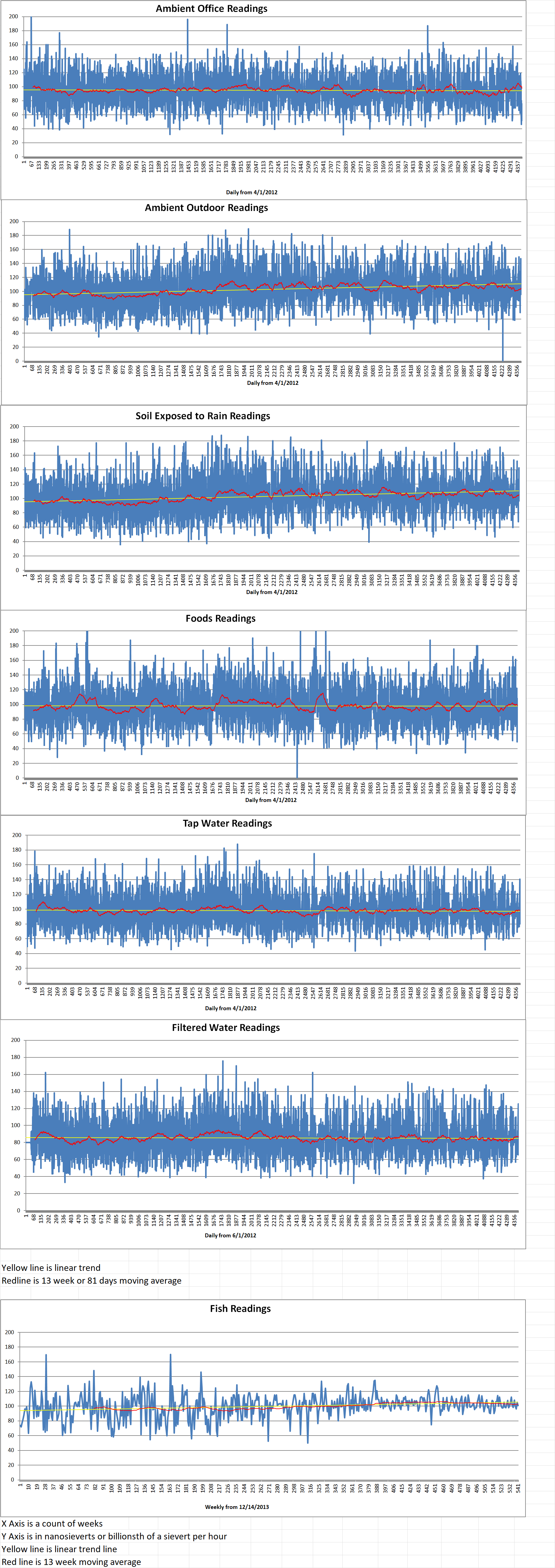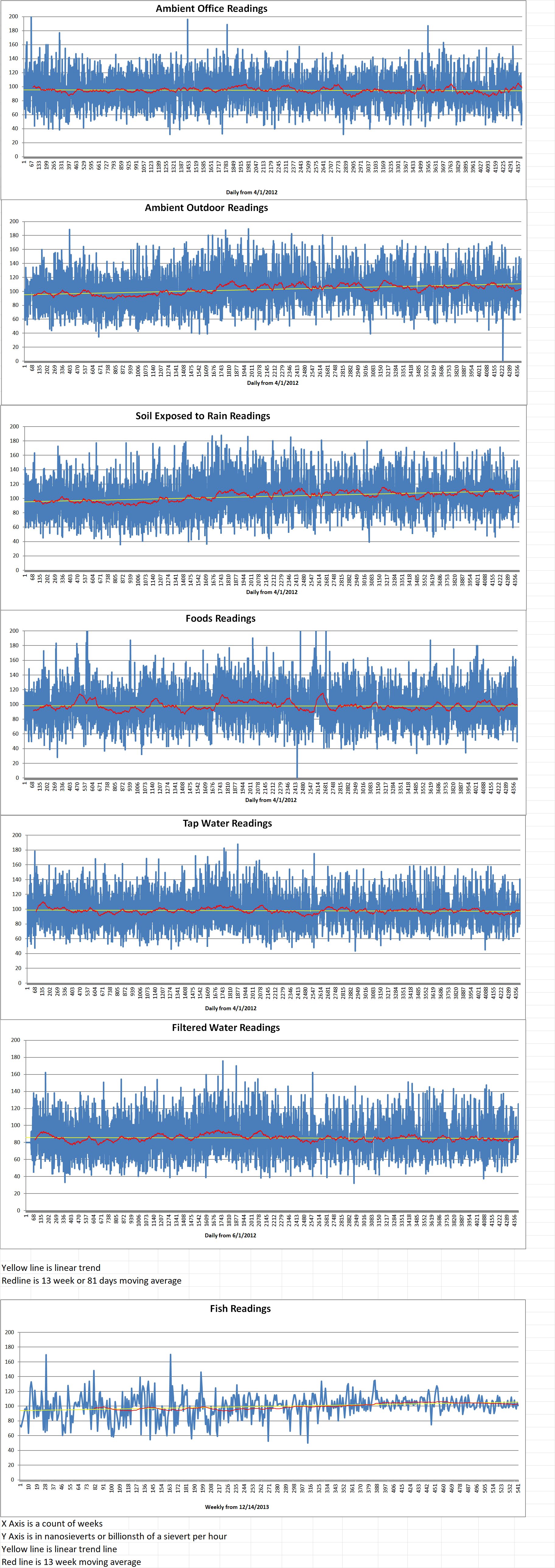A “micro” nuclear power plant start-up backed by the U.K. Government has filed for bankruptcy after the death of its main investor. Ultra Safe Nuclear Corporation (USNC) is based in Seattle, Washington. It is seeking bankruptcy protection in a last-ditch attempt to stave off collapse.
USNC has been developing micro modular reactors (MMRs), each with the capacity to generate up to fifteen megawatts of electricity. The MMRs could eventually be stacked together and used by industrial businesses as a source of both electricity and heat.
USNC received about thirty million dollars of grant funding support from the U.K government to further develop its designs based on optimism surrounding its technology. This funding was provided to help address “U.K. industrial demands including hydrogen and sustainable aviation fuel production”.
USNC said on Tuesday that it had been forced to file for Chapter 11 bankruptcy in the U.S. after running out of money. Bankruptcy is typically used to give a business breathing space while it seeks to reorganize debts or find new owners.
The bankruptcy filing follows the death of its most significant backer, Richard Hollis Helms, a former officer of the U.S. Central Intelligence Agency (CIA). He and his family have invested about one hundred million dollars in the venture and provided another twenty-five million dollars in loans. Mr. Helms sat on USNC’s board. He died in May 2024, leaving the company without its main financial patron.
Kurt Terrani is interim chief executive of USNC. In a filing in a Delaware court, he said, “Historically, USNC has primarily relied on equity investments to fund development efforts and operations. The most significant investor, Mr. Richard Hollis Helms, believed in the debtors’ inventions and their mission to provide reliable and safe zero-carbon energy anywhere.” USNC had been seeking to raise further funds since 2022 but had struggled to secure an “anchor investor”, he added.
Those efforts suffered a further blow following the death of Mr. Helms. Terrani continued, “Since then, the debtors have continued to search for new capital sources to continue funding their research and development efforts pending the full launch of their products and projects.”
The Dutch government, Japanese engineering giant Hyundai, German manufacturer Siemens, US software company Oracle and the Massachusetts Institute of Technology are among the company’s top 20 creditors.
The bankruptcy filings also say USNC is in the process of seeking regulatory approval for its designs in the U.K., U.S. and Canada, as part of various demonstrator projects it is working on. They include the advanced modular reactor design project funded by the U.K., the Chalk River scheme with Ontario Power Generation in Canada, and the construction of a research reactor with the University of Illinois Urbana-Champaign in the U.S.
Other projects were underway in the U.S., Europe and Asia, with four considered to be in the “mature project development” phase and another fourteen backed by memorandums of understanding, the company said, adding that these schemes required “tens or hundreds of the MMRs”.
USNC says that it had lined up Standard Nuclear as a potential buyer of its fuel-related assets, which have been valued at twenty eight million dollars.
Richard Ollington is a nuclear expert and partner at Radiant Energy Group. He said the bankruptcy filing underlined the large numbers of small nuclear reactor start-ups currently in the market. Many of them are doomed to fail. He added that “There are more than eighty new reactor designs being developed. It’s inconceivable they will all get built at scale. There will be designs that fail to materialize.”
When funding was awarded to USNC in July 2023, the U.K. government said it was to “further develop the design of a high-temperature MMR”. It added that “Advanced modular reactors operate at a higher temperature than SMRs [small modular reactors] and as a result they could provide high-temperature heat for hydrogen and other industrial uses alongside nuclear power.”
Ultra Safe Nuclear






